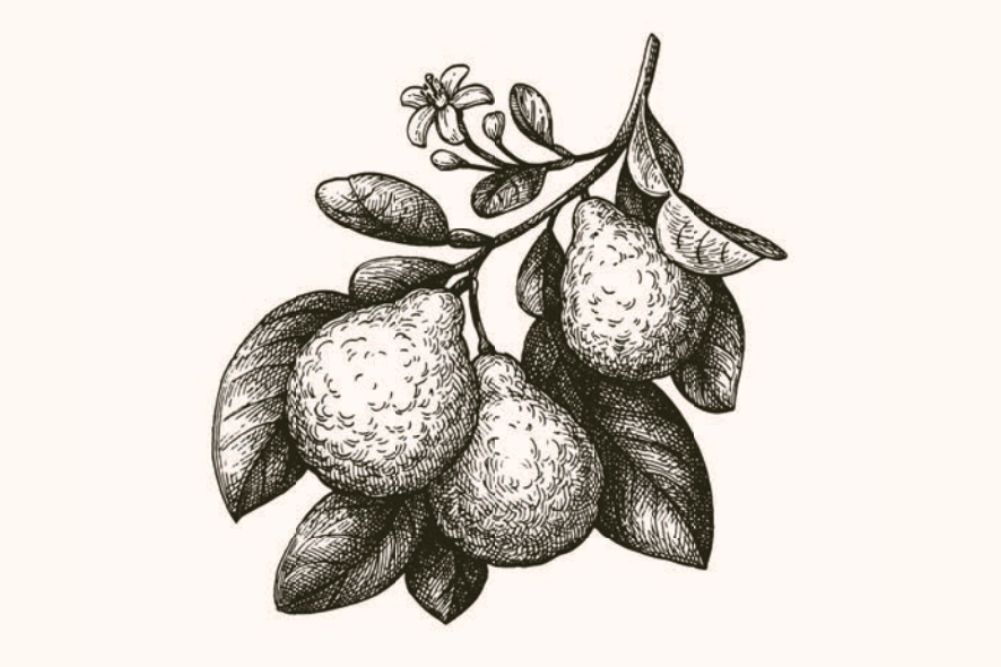Explore the healing properties of manuka honey
Manuka honey is produced by European bees that forage on the New Zealand and Australian tea tree (Leptospermum scoparium), a plant that grows wild in both New Zealand and southeastern Australia. Historically, indigenous populations of both countries used this honey on wounds and to improve digestive symptoms. It can also be sourced from Leptospermum ericoides (white tea tree) and L. polygalifolium (tantoon).
As a species, Leptospermum probably originated in Tasmania where there are 85 known species, collectively known as tea tree or jelly bush. The name tea tree is said to have been coined by Captain Cook, who reportedly brewed tea from the leaves. Jelly bush is named for the jelly-like texture of the honey itself.
While New Zealand owns the trademark name Manuka, a similar honey is produced in Australia under the names tea tree honey, jelly bush honey or Leptospermum honey.
The Leptospermum plants only flower for six weeks a year, so the bees can concentrate on these plants and produce a monofloral honey (meaning sourced from only one species of plant). While there is an oil produced from Leptospermum, tea tree oil is produced from a different species: Australian trees in the Melaleuca family.
Historical research
In the early 1990s, the research of Dr Peter Molan of Waikato’s Honey Research Unit proved that manuka had unique antibacterial properties found in no other honey. He called this a “non-peroxide activity” (NPA) and from this was coined (and trademarked) the term “unique manuka factor” (UMF) to describe this property.
UMF varies in strength in different batches of honey produced in various parts of Australia and New Zealand. The University of Dresden in Germany then isolated the compound methylglyoxal (MGO), which has a direct correlation to the UMF rating of manuka honey.
UMF is measured by observing the inhibition of bacterial growth in the honey. MGO is directly measured in parts per million (ppm). The equivalent UMF ratings of 5 to 15 translate into MGO levels of 250–550 ppm. A UMF of 10+ or higher is considered to have significant medicinal properties.
Correlations calculated between MGO and UMF:
NPA+UMF 5+ = MGO 83
NPA+UMF 10+ = MGO 263
NPA+UMF 15+ = MGO 514
NPA+UMF 20+ = MGO 829
Composition
All honey has antibacterial properties due to the hydrogen peroxide formed by the enzyme glucose oxidase, but manuka honey also has powerful antibacterial non-peroxide activity (NPA) and the unique phytochemical UMF. To be labelled manuka, at least 70 per cent of the honey’s pollen content must be sourced from the Leptospermum tree.
A novel glycoside called leptosin has recently been discovered in manuka honey with a synergistic activity with MGO, enhancing its antibacterial effects. It also contains lipopolysaccharides and arabinogalactans (immunostimulatory activity) as well as flavonoids, polyphenols, vitamin C and folate and other bioactive trace compounds.
Manuka honey is gel-like with high viscosity due to the presence of the protein colloid. It is cold extracted and processed differently from other honeys to ensure its unique properties are preserved.
Manuka is higher than other honeys in vitamins, amino acids and antioxidants. Its carbohydrate content is about 70 per cent glucose and fructose.
Therapeutic uses
Antibacterial
Applied topically for skin conditions and wounds, manuka is used in major hospitals worldwide to treat burns patients. Through multiple mechanisms, manuka appears to modulate the skin’s immune system and has even shown benefit in treating rosacea and skin cancers (although much more research needs to be conducted).
Manuka honey is an effective broad-spectrum antibacterial agent. It has been used to treat postoperative infections, burns, necrotising fasciitis, infected and non-healing wounds and ulcers, boils, pilonidal sinus, venous ulcers and diabetic foot ulcers.
It is effective against MRSA (methicillin-resistant Staphylococcus aureus), E. coli and other bacteria resistant to normal antibiotics. Manuka honey has shown the ability to make drug-resistant bacteria more susceptible to medical treatment by reducing bacterial resistance. Its antibacterial activity has been shown to be four times greater than standard antiseptics.
Manuka honey has also been used effectively to reduce infections in chronic kidney disease, particularly related to the devices used such as catheters. It can also be used as an adjunctive therapy in combination with many antibiotics, exerting synergistic effects.
Digestive system
Manuka honey is effective against stomach ulcers, gastric acid reflux and gastritis. Manuka has shown the ability to reduce levels of the stomach pathogen Helicobacter pylori which can trigger these symptoms. Its powerful antibacterial and anti-inflammatory activities are effective internally for fighting pathogenic gut bacteria and parasites and it has mucosal preservation properties.
Antiviral & antifungal
Manuka honey was shown to effectively inhibit influenza virus replication. This property, along with its antibacterial activity, makes it an ideal non-toxic but potent remedy for both prevention and treatment of colds and influenza. Manuka honey has also shown significant antifungal activity with inhibitory activity against Candida albicans.
While much research still needs to be done, manuka honey is proving to be an exceptional antibacterial, antiviral, antifungal and tissue-regenerative substance. To date, topical use appears more effective than internal use but, while needing further research, this shows promise for the future.








